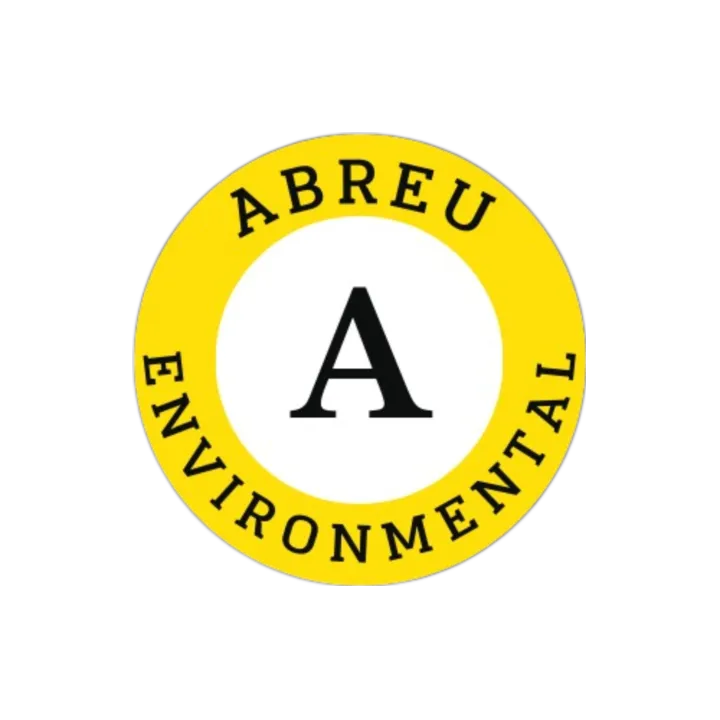Understanding Lead Paint Assessments: Know the Differences
Which lead paint assessment do you need?
Understanding the distinctions between lead paint hazard screens, inspections, and risk assessments is crucial when dealing with potential lead-based paint hazards in homes and buildings. Each of these assessments serves a unique purpose and provides varying levels of detail and analysis. Here's a breakdown of the key differences:
1. Lead Paint Hazard Screen:
- Objective: A lead paint hazard screen is a quick and preliminary assessment designed to identify potential lead-based paint hazards, focusing on easily accessible surfaces and areas.
- Process: Typically, a certified lead inspector or risk assessor conducts a visual examination of specific surfaces, such as windows, doors, and trim, to determine the likelihood of lead-based paint hazards.
- Scope: A hazard screen aims to identify areas where lead-based paint hazards might exist but does not provide detailed information about the extent, quantity, or condition of lead paint.
- Outcome: The result of a hazard screen is a basic assessment report that highlights areas of concern and may recommend further testing or a comprehensive inspection.
2. Lead Paint Inspection:
- Objective: A lead paint inspection is a more in-depth assessment focused on identifying and quantifying the presence of lead-based paint in a building.
- Process: Certified inspectors collect paint samples from various surfaces throughout the building and send them to a laboratory for analysis to determine lead content.
- Scope: This method provides quantitative data on lead levels, specifying which surfaces contain lead-based paint and reporting the lead concentration in milligrams per square centimeter (mg/cm²).
- Outcome: The outcome of a lead paint inspection is a detailed report that includes information on the location, quantity, and condition of lead paint, allowing for informed decision-making regarding its management or removal.
3. Lead Paint Risk Assessment:
- Objective: A lead paint risk assessment is the most comprehensive evaluation, focusing not only on identifying lead-based paint but also on assessing the potential risks associated with it.
- Process: Certified risk assessors consider factors such as the condition of the paint, occupant behavior, building conditions, and potential sources of lead exposure. They may also sample dust, soil, and water to assess environmental contamination.
- Scope: Risk assessments provide a holistic view of the risk, evaluating the overall potential for lead exposure and offering insights into potential pathways of ingestion.
- Outcome: The outcome of a lead paint risk assessment is a comprehensive report that outlines specific risks associated with lead-based paint in the building. It includes recommendations for risk reduction, control measures, and abatement strategies.
In summary, lead paint hazard screens are quick, initial assessments to identify potential hazards, inspections provide quantitative data on lead content, and risk assessments offer a comprehensive evaluation of risks associated with lead-based paint. The choice of assessment method depends on the specific needs and goals of the evaluation, with more thorough assessments typically being necessary when addressing known or suspected lead hazards in homes and buildings. Always rely on certified professionals to conduct these assessments to ensure accurate results and appropriate action.
If you have any questions, call Abreu Environmental (813) 803-0201
#lead #paint #screen #inspection #assessment #testing #epa #hud #tampa #florida



